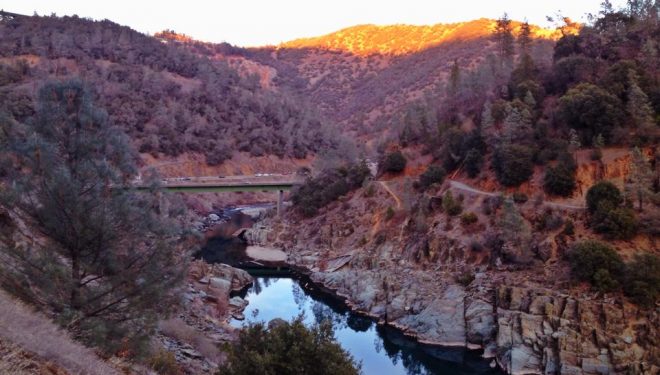
[THE SUPREME COURT’S MAJORITY OPINION IN SUMMARY AND EXCERPT]
An 1868 peace treaty between the United States and the Navajo Tribe established the Navajo Reservation that today spans some 17 million acres, almost entirely in the Colorado River Basin of the western United States. The Federal Government’s reservation of land for an Indian tribe implicitly reserves the right to use needed water from var- ious sources—such as groundwater, rivers, streams, lakes, and springs—that arise on, border, cross, underlie, or are encompassed within the reservation. See Winters v. United States, 207 U. S. 564, 576–577. While the Tribe has the right to use needed water from the reservation’s numerous water sources, the Navajos face the same water scarcity problem that many in the western United States face. In the Navajos’ view, the Federal Government’s efforts to assist the Nav- ajos with their water needs did not fully satisfy the trust obligations of the United States under the 1868 treaty. The Navajos filed suit seeking to compel the United States to take affirmative steps to secure needed water for the Tribe—including by assessing the Tribe’s water needs, developing a plan to secure the needed water, and potentially building pipelines, pumps, wells, or other water infrastructure. The States of Arizona, Nevada, and Colorado intervened against the Tribe to protect those States’ interests in water from the Colorado River. The U. S. District Court for the District of Arizona dismissed the Navajo Tribe’s complaint, but the Ninth Circuit reversed, holding in relevant part that the United States has a duty under the 1868 treaty to take affirmative steps to secure water for the Navajos.
Under the 1868 treaty, the Navajo Reservation includes not only the land within the boundaries of the reservation, but also water rights. Under this Court’s longstanding reserved water rights doctrine, sometimes referred to as the Winters doctrine, the Federal Government’s reservation of land for an Indian tribe also implicitly reserves the right to use needed water from various sources—such as groundwater, rivers, streams, lakes, and springs—that arise on, border, cross, underlie, or are encompassed within the reservation. See Winters v. United States, 207 U. S. 564, 576–577 (1908)
But the treaty said nothing about any affirmative duty for the United States to secure water.
In short, the 1868 treaty did not impose a duty on the United States to take affirmative steps to secure water for the Tribe—including the steps requested by the Navajos here, such as determining the water needs of the Tribe, providing an accounting, or developing a plan to secure the needed water.
But it is not the Judiciary’s role to update the law. And on this issue, it is particularly important that federal courts not do so. Allocating water in the arid regions of the American West is often a zero-sum situation. And the zero-sum reality of water in the West underscores that courts must stay in their proper constitutional lane and interpret the law (here, the treaty) according to its text and history, leaving to Congress and the President the responsibility to enact appropriations laws and to otherwise update federal law as they see fit in light of the competing contemporary needs for water.
The 1868 treaty reserved necessary water to accomplish the purpose of the Navajo Reservation. See Winters v. United States, 207 U. S. 564, 576–577 (1908). But the treaty did not require the United States to take affirmative steps to secure water for the Tribe. We reverse the judgment of the U. S. Court of Appeals for the Ninth Circuit.



